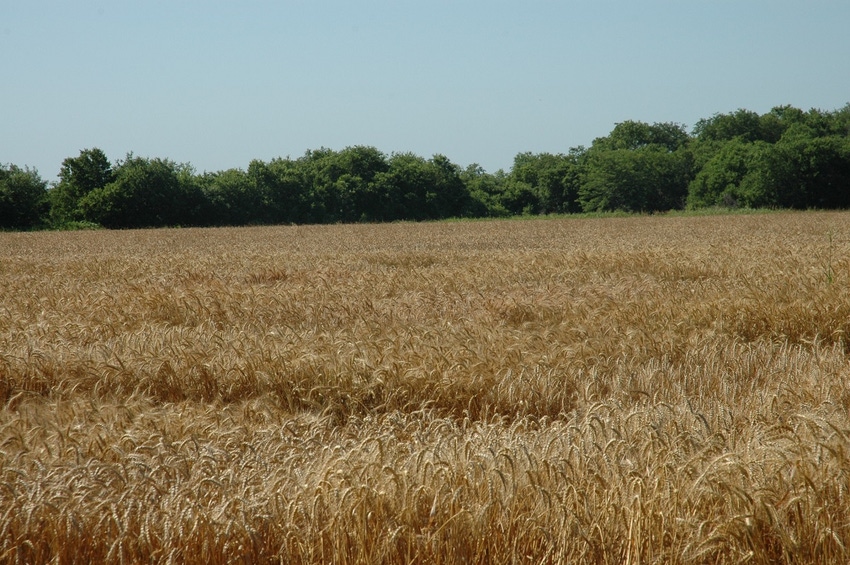
2017 wheat: The good, the bad, the ugly
For prices to increase, world wheat stocks have to decrease. Stocks will decrease when production decreases. The USDA 2017 wheat supply and demand estimates show that U.S. production will be significantly less than last year. Foreign production is projected to be marginally less than 2016/17 production.
May 18, 2017

A personal note: I always try to find something good in everything. Given the current market situation, it is difficult to find positive things to write and say. One piece of good news is that things tend to go in cycles, so there will be good times and bad times. Bad times help us appreciate the good times, and when things are bad, we know that things will get better. It’s just a matter of when?
The May USDA WASDE (World Agricultural Supply and Demand Estimates) report contained good, bad, and ugly information. The good is that wheat prices are expected to be slightly higher during the 2017/18 marketing year. Prices could also increase another 50 cents if 11.5 percent or higher protein is present.
The bad is that foreign wheat production is projected to be about the same as last year. The ugly is that U.S. farmers are projected to produce only 6.7 percent of world wheat, and prices are expected to remain below the cost of production.
For prices to increase, world wheat stocks have to decrease. Stocks will decrease when production decreases. The USDA 2017 wheat supply and demand estimates show that U.S. production will be significantly less than last year. Foreign production is projected to be marginally less than 2016/17 production.
PROJECTED PRODUCTION
Lower production is projected in Australia (-29 percent), U.S. (-21 percent), Canada (-9 percent), Kazakhstan (-13 percent), Ukraine (-6 percent) and Russia (-7.5 percent). These countries are major exporters of hard red winter and/or hard red spring wheat, and have adjusted for lower prices by planting fewer acres.
Higher production is projected for the European Union (+4 percent), China (+1.7 percent), North Africa (+25 percent), and Argentina (+5 percent). All 2017/18 wheat marketing year foreign wheat is projected to be 25.29 billion bushels, compared to 25.36 billion bushels last year.
Ending stocks for the U.S. are projected to decline to 913 million bushels, compared to 1.16 billion bushels for 2016/17. World ending stocks are projected to increase to 9.5 billion bushels, compared to 9.4 billion bushels for 2016/17. Increased world stocks will trump lower U.S. ending stocks.
One reason for excessive stocks is weather that supported wheat production, resulting in record and/or near record yields. A combination of fewer planted acres and weather not conducive to wheat production would result in lower stocks and higher prices.
HIGH PROTEIN SHORTAGE
The most recent Kansas City hard red winter (HRW) wheat protein premiums reveal the shortage of relatively high protein wheat. The KC HRW basis was 17 cents for 11 percent protein. The basis was 51 cents for 11.4 percent, 65 cents for 11.6 percent, 81 cents for 11.8 percent, and $1.05 for 12 percent protein wheat (May 9, 2017 Milling and Baking News).
The protein premiums in May 2016 were 92 cents for 11 percent through 12 percent protein wheat. The 2016 premiums represented the situation when adequate supplies of protein at all protein percentages are available.
The 2017 U.S. HRW crop is the next wheat in the world market that will be available for export to meet this protein demand. These premiums should continue through the U.S. HRW harvest.
Considering all of the news (good, bad, and ugly) is important when making plans and creating strategies. One thing that changes over time is the amount of good versus bad versus ugly news.
About the Author(s)
You May Also Like





